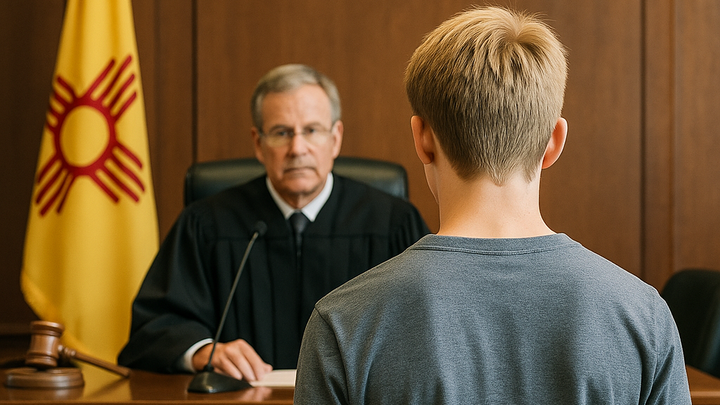Why I-10 near Lordsburg keeps killing drivers
Frequent dust storms have turned a remote stretch of I-10 into a hazard zone. As deadly crashes rise, scientists and transportation officials are exploring what can be done.
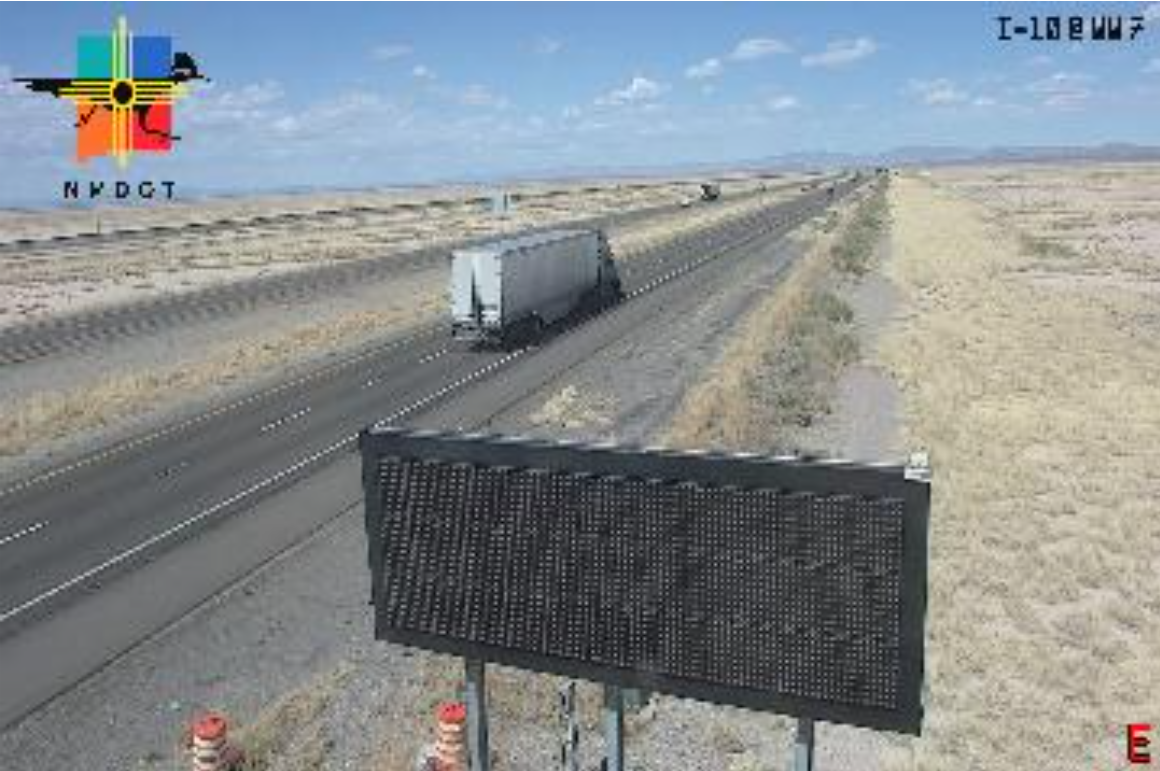
Wind, dust, traffic and climate change brew a perfect storm near the Arizona border
Damien Willis, Southern New Mexico Journalism Collaborative
Correction: A previous version of this story incorrectly stated that the source of dust in the Feb. 27 crash on I-10 was linked to a 40-acre restoration site managed by NMDOT. In fact, that site — a 27-acre area south of I-10 — is believed to have contributed to an earlier dust event, not the February crash. According to NMDOT Roadside and Community Design Section Chief Bill Hutchinson, the source of the dust in the fatal crash appears to have been private land further east. The department is now working to engage that landowner in potential mitigation efforts.
SOUTHERN NEW MEXICO - On Feb. 27, Joseph Malley was driving to work when an intense dust storm engulfed Interstate 10 near the Arizona state line. In moments, visibility dropped to nearly zero, triggering an 11-vehicle pileup. Malley, just 45, lost his life in the chaos, leaving behind his wife Janie and three school-aged children.
Family members described Malley, a Rodeo, N.M. resident, on a GoFundMe page set up for his funeral as a compassionate, hard-working man who made others feel safe and valued. His death serves as a tragic reminder of how quickly these dust storms can turn deadly.
Just west of Lordsburg, the wind doesn't have to be howling to be lethal. On the long, flat stretch of Interstate 10 between Las Cruces and the Arizona border, all it takes is a gust, a fine layer of disturbed soil, and a few seconds of reduced visibility.
This remote but well-traveled corridor has become one of southern New Mexico’s most dangerous highways. Recent deadly crashes tied to blowing dust have prompted highway closures, public warnings and renewed scrutiny from state and federal agencies.
The windblown dust and hazardous conditions it creates have claimed dozens of lives over the decades, often in multi-car pileups.
Indeed, researchers believe it's one of the deadliest stretches in the Southwest for dust-storm crashes. At least 41 people have died over the past six decades, numbers that don’t include crashes of the last few years. And experts warn that the risks are likely to increase, as climate change sparks drier soil conditions and more frequent dust storms across the Southwest. Absent serious and likely costly interventions, this stretch of roadway spanning a dry, crusty lakebed known as the Lordsburg Playa could become even more deadly.
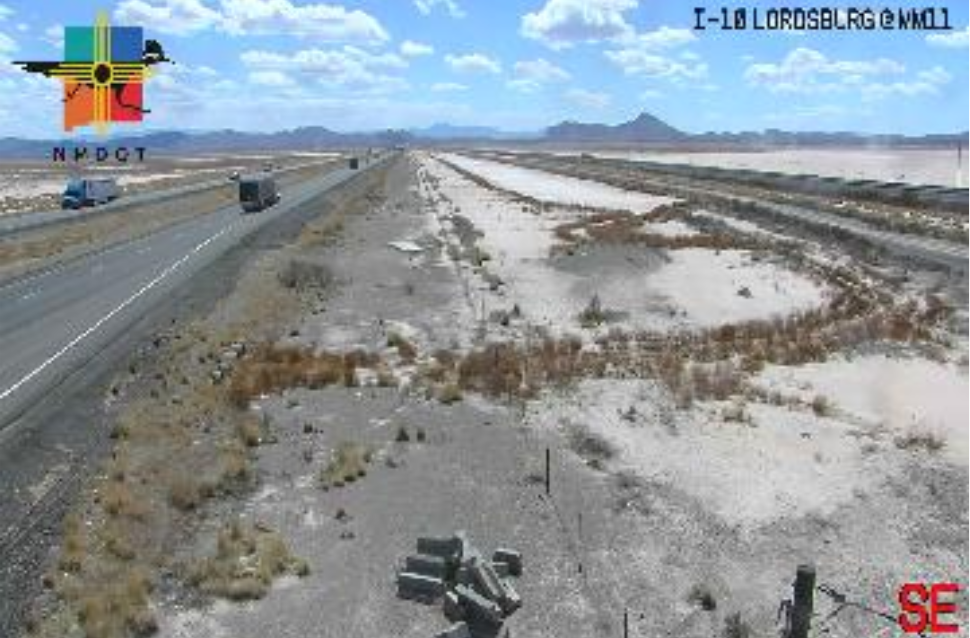
Dust on playa easily becomes airborne
Dr. April Ulery, a professor of soil and environmental science at New Mexico State University, has studied the region’s highly erodible soils. She said the alkali flats near the freeway are topped with smectite clay — a fine, sodium-rich material prone to erosion, especially when disturbed.
“It’s really, really fine,” Ulery said. “By fine, I don’t mean good. I mean tiny. These particles are so small, they can be carried thousands of miles. But when they get picked up by wind and cross the freeway, people can die.”
Ulery explained the soil’s structure makes it nearly impossible for vegetation to thrive. The clay seals over when wet, forming shallow lakebeds that quickly dry, leaving behind a fragile crust that cracks easily.
“It’s impervious to water,” she said. “There’s almost no infiltration. And that makes it hard to establish any kind of vegetation.”
Dr. Brandon Edwards, an assistant professor in NMSU’s Plant and Environmental Sciences Department, has researched wind erosion throughout the region. He highlighted the role of biological soil crusts — microscopic communities of bacteria, fungi and mosses—in reducing wind erosion.
“These crusts act like a natural glue,” Edwards said. “They stabilize the soil surface, help retain moisture, and prevent particles from becoming airborne. But they’re incredibly fragile. Even just a single vehicle passing through can destroy them.”
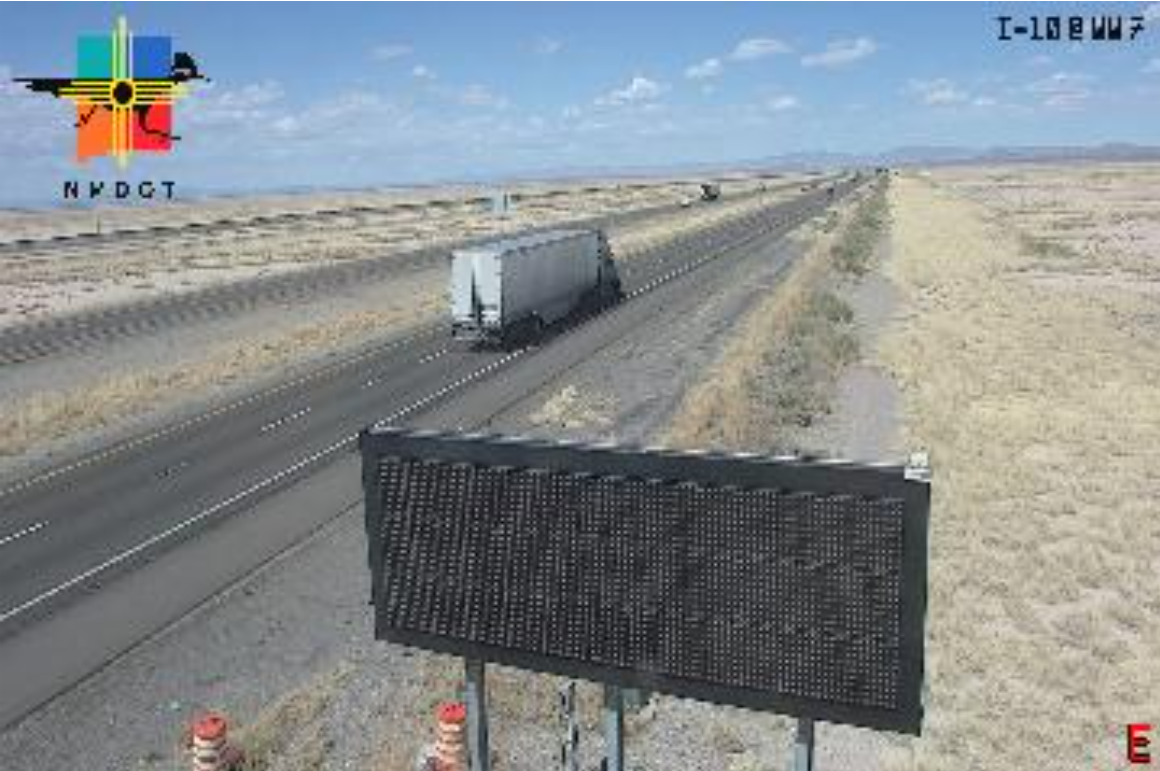
Winds are shifting, and so is the risk
Southern New Mexico has been blasted by abundant wind in 2025. While gusty weather is typical each year, the number of high wind warnings has been concerning. On the Lordsburg Playa, about half of the first 120 days of the year saw peak gusts topping 30 mph, according to data from a New Mexico State University weather station. And a handful of dates, including as early as Feb. 27, saw gusts exceeding 50 mph.
Experts believe climate change contributes to regional drought and shifting wind patterns. Ulery noted that areas previously protected by mitigation efforts have become vulnerable again as winds increasingly blow from the southwest, pushing dust across the highway from unexpected directions.
RELATED: A deadly drive: Wife of I-10 dust-storm crash victim speaks out
Natural hazards meet human risk
Dr. Dave DuBois, New Mexico's state climatologist, said the Lordsburg Playa is a known dust source with a perfect storm of natural conditions endangering drivers.
“You’ve got a dry playa, drought conditions, high spring winds and one of the busiest corridors in the state. That’s a recipe for disaster,” he said.
DuBois said the New Mexico Department of Transportation has partnered with state police, the Bureau of Land Management and researchers to address the threat. Passive warning signs along I-10 alert drivers to the risk, while active warnings come from officers monitoring the corridor.
“Education and enforcement are critical,” DuBois said. “The more people understand the risk and follow guidelines, the fewer tragedies we'll see.”
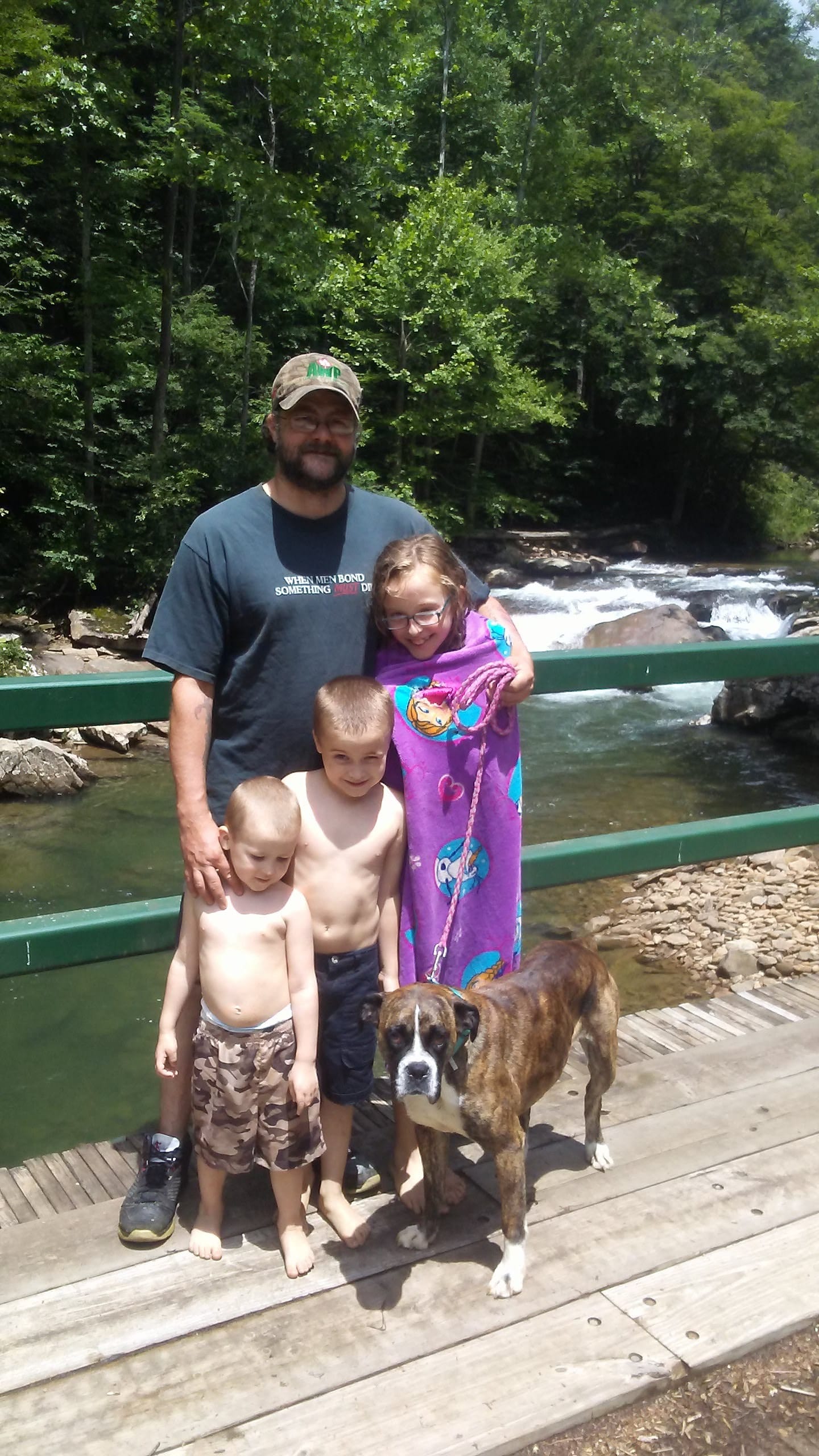
Dust storms have seasons – and staying power
Springtime dust storms, DuBois explained, typically result from large upper-level troughs and can be forecast up to a week ahead. But summer storms, triggered by collapsing thunderstorms, are harder to predict and shorter-lived but equally dangerous.
“We’ve been hammered this year,” DuBois said. “Above-average wind events, almost no rain. The drought means drier soils, and drier soils mean more dust.”
Climate change makes the situation worse
Climate change, DuBois emphasized, makes things worse.
“Even a slight increase in average temperature leads to more evaporation and less soil moisture. Over time, that accelerates drought and erosion.”
Efforts to seed slow-growing ground cover like alkali sacaton have begun, but recovery is slow.
“It’s a work in progress,” DuBois said. “This is going to take years.”
Edwards, a wind erosion expert at NMSU, suggested establishing or artificially replicating soil crusts as potential solutions, but acknowledged the challenges of restoring vegetation in the Lordsburg Playa.
“It’s not just the dryness or salinity — it’s the unpredictability of the rain and the physical properties of the soil,” he said. “Any large-scale restoration effort has to be extremely targeted and supported by long-term monitoring.”
Ulery emphasized that simple strategies like applying gravel or organic mulches could also help stabilize soil surfaces temporarily, providing immediate relief while longer-term solutions are developed.
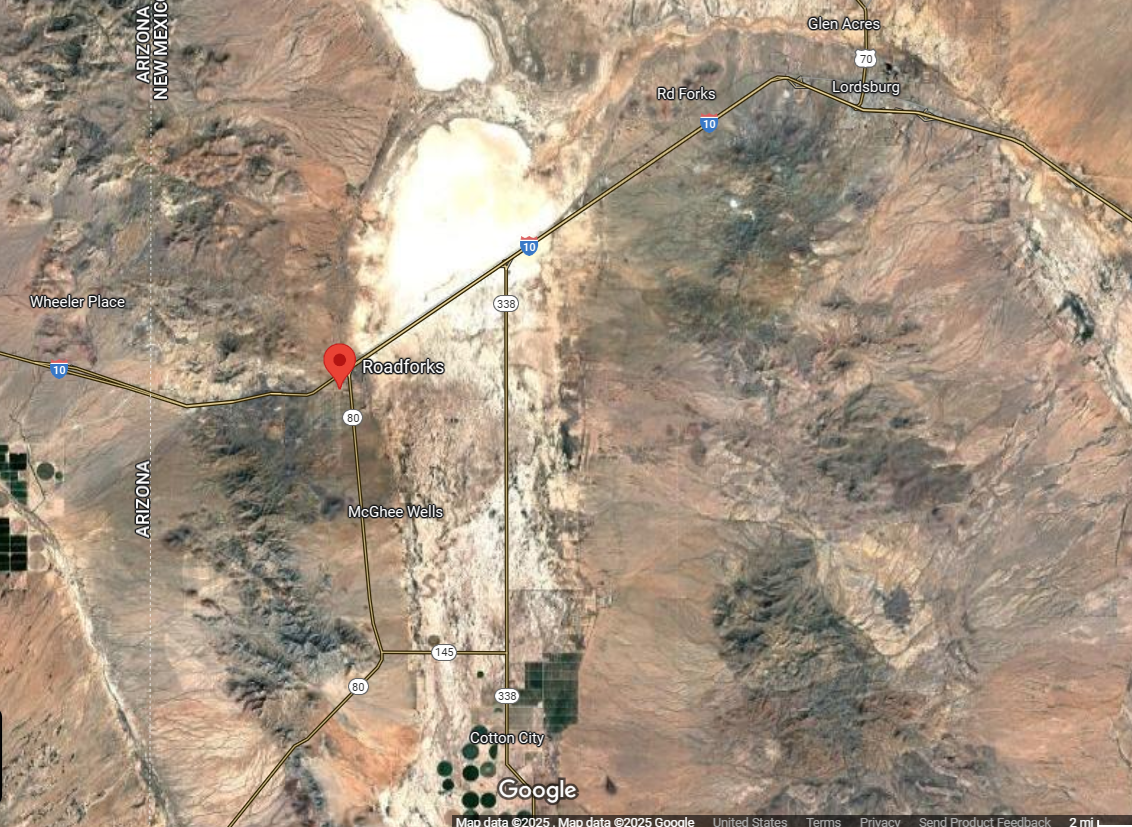
DOT attempting solutions, but challenges persist
Since a 2014 crash that killed seven people near mile marker 6, the New Mexico Department of Transportation has worked to stabilize the Lordsburg Playa through targeted land restoration. Bill Hutchinson, a landscape architect and section chief for NMDOT’s Roadside and Community Design Group, said the agency has fenced off thousands of acres and removed cattle from dust-prone areas in coordination with the U.S. Bureau of Land Management.
“We’ve essentially eliminated some of the most active dust sources,” Hutchinson said. “But the playa is massive — almost 20 square miles — and conditions shift. What was once stabilized can become a new source of dust when the wind changes.”
After the fatal crash in February, Hutchinson said the department has identified the source — a patch of privately owned land to the east — and is working with the landowner to begin mitigation efforts.
The playa covers a patchwork of private, state and federally owned lands.
“We’re in reactive mode,” he said. “We can’t control land we don’t own, but we’re doing what we can to work with federal partners.”
Hutchinson said the long-term goal is to have the Lordsburg Playa designated as an Area of Critical Environmental Concern by BLM — a special land classification that would trigger a federal management plan prioritizing public safety.
“That designation would be a game-changer,” he said. “Right now, we’re limited by what we can do without long-term commitments from other agencies.”
Researchers said illegal use of off-road vehicles on the playa is another factor in the hazard. The vehicles cut through the desert crust, freeing dust to be picked up by wind.
Locals also blame commercial vehicles on I-10 and the fact they are incredibly deadly when involved in collisions with much smaller passenger vehicles as yet another part of the problem. Reckless drivers who fail to slow down when conditions worsen add to the challenges.
How to survive a dust storm
The state’s message to drivers is clear: Pull off the road, turn off your lights, take your foot off the brake and wait.
“People tend to follow brake lights,” DuBois said. “If you’re pulled over and your brake lights are on, someone might think you’re still on the road and crash into you.”
Damien Willis is the founder and editor of Organ Mountain News and a freelance reporter for the Southern New Mexico Journalism Collaborative. He can be reached at damienwillis@gmail.com. For more information, visit SouthNMNews.org or SurNMnoticias.org.

